There are many kinds of fake Moutai wines on the market. Kweichow Moutai Distillery has taken pains to continuously upgrade the anti-counterfeiting technology for the anti-counterfeiting of products, among which the code spraying of wine bottle caps is a key point!
Maotai distillery began to use the inkjet printer on February 21, 1995, and sprayed the production date, batch number, and code on the rubber cap of the bottle cap.
According to the material usage of the sealing film and the change of the font, this period is divided into three stages: 1995-2000; 2000-2009; 2009-present.
1995-1999
The font of this period is slightly wider and shorter than that of the later period Some, every small dot of the inkjet code is a full circle, without edges and corners, and without deformation. There is a slash in the middle of the word "0", which is composed of 3 dots; the number "6, 9" has a flat head and a flat bottom; the number "1" wears shoes and a hat; the number "7" has a hook on the head.

During the coding period, there were 95 and 96 years with red film iron covers. The numbers were printed when the sealing film was not dry, and the words were caused when the sealing film was dry and shrunk. There are breaks and displacements in the middle of the group, but the fakes do not have this displacement.

In the second half of 1996, it was changed to a transparent plastic sealing film. The date of spraying codes was printed on the transparent sealing film. Most of the fakes are deformed fonts, blurred fonts, easy to erase, etc.
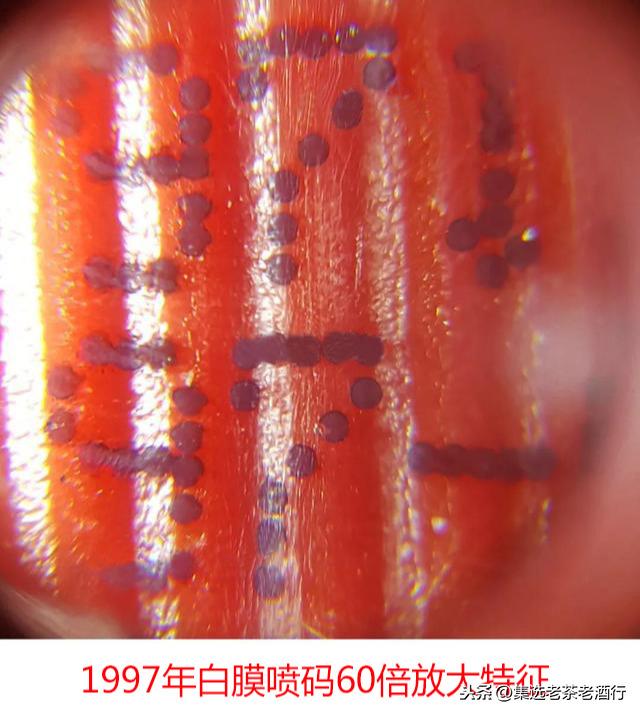
2000-2009
The coding format has been adjusted since 2000 : The date code is changed from 6 digits to 8 digits; the production batch is changed from 4 digits to 6 digits.
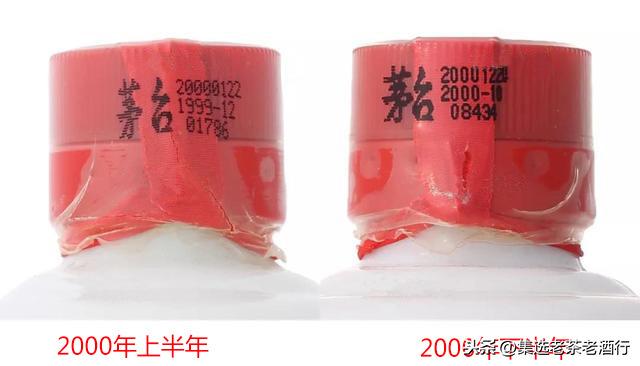
In the second half of the same year, the inkjet font was a little thinner and narrower than before. The most obvious thing is that the "/" dot was canceled in the number "0"; the number "1" A mixed use of the words "wear shoes and hats" and "wear hats but not shoes"; there are two small dots in the middle of the number "2" that are horizontal and parallel, almost overlapping; the head of the number "7" has no hook . The font is clear and not easy to wipe off; the single spray point is very round without corner thorns.

In the first half of 2001, small dots "·" were added in the middle of the word "Moutai" on the mouth of the bottle, and have continued to this day. Among them, the position of the small dot has been moved up since February 19, 2004.
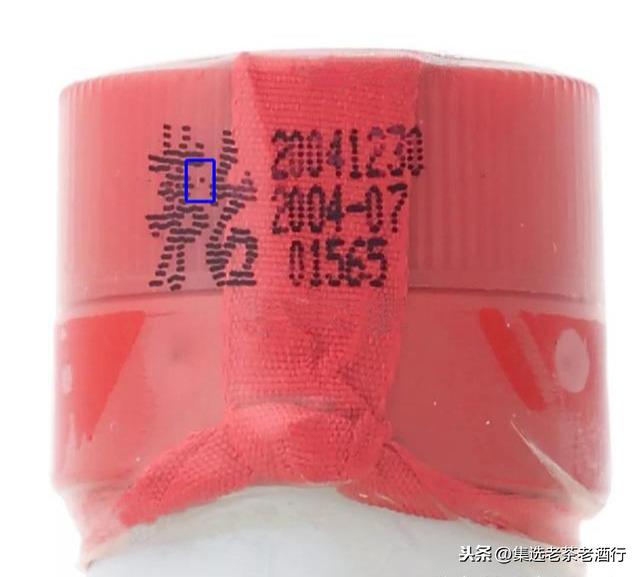
From February 23, 2009 to present
On February 23, 2009, the new style The anti-counterfeit rubber cap, its digital features basically follow the features of the white film period. Since 2011, the second batch of bottle spray codes has been changed to 7 digits.
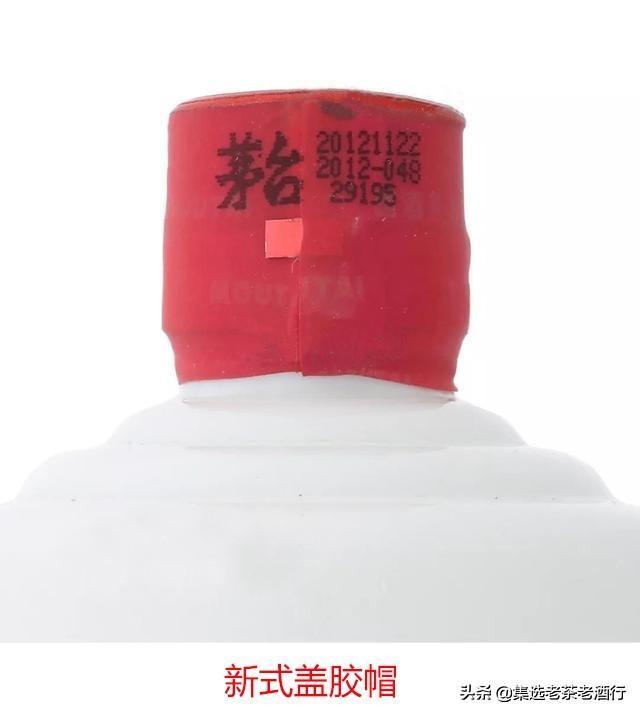
Because the surface of the sealing film is full of particles, it looks very thick after inkjet printing, and the dot particles overlap together, and there are few independent small dots. Therefore, it is not suitable to check the authenticity of the dots in this period by whether the dots are round or not.
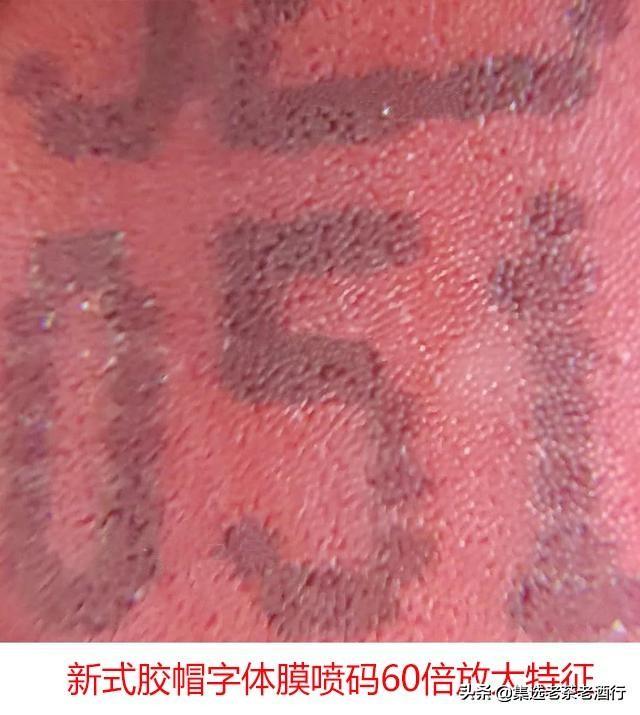
To identify a bottle of wine, all characteristics should be combined to improve the accuracy of Moutai identification
Articles are uploaded by users and are for non-commercial browsing only. Posted by: Lomu, please indicate the source: https://www.daogebangong.com/en/articles/detail/From%20the%20use%20of%20inkjet%20codes%20in%20Moutai%20to%20the%20present%20we%20can%20see%20the%20changes%20in%20the%20inkjet%20codes%20of%20wine%20bottle%20caps.html

 支付宝扫一扫
支付宝扫一扫 
评论列表(196条)
测试